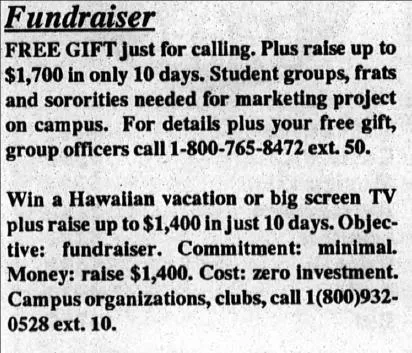
Synapse: February 8, 1990
From 25 Years Ago:
Vol. 34, No. 18, Feb. 8, 1990:
Today, those needing a bone-marrow transplant are likely to be able to find a reasonably well-matched, nonrelated donor. This is thanks largely to having a very large pool of potential donors to draw on; there are currently more than 10 million people registered with the National Marrow Donor Program in the United States.
A generation ago, it was a far different story, especially for people of color. The lead story in the Synapse from 25 years ago explored this issue in “Asian bone marrow recipients face great odds.” The article, by Eric M. Yabu and Karen L. Lee began, “Less than six months ago there were fewer than 150 Asians listed on the National Marrow Registry.” At the time the article was written, however, “that number has increased about 20-fold, totaling over 3,000.” At that time, there were approximately 80,000 people registered in total.
That rapid increase in registration was due largely to efforts spearheaded by the families of Judith Jan–Berkholtz and Amanda Chiang, both of whom were from Sacramento and needed a marrow transplant. To support these registration drives required both a significant time and financial investment by the families. Yabu and Lee reported, “Heddy Chiang, mother of Amanda, estimates that the drives cost their family nearly $200,000, of which three-fourths went to the blood testing process which cost $75 per person.”
The article discussed possible reasons for a lower rate of registration by people of color, as well as the role of UCSF in the history of bone-marrow transplantation.
It is still true that the majority of registered marrow donors are white. Since a person is more likely to be an HLA match with someone of the same ethnicity, this translates to differing probabilities of successfully finding a match depending on ethnicity. The National Marrow Donor Program estimates that while there is a 97 percent likelihood of finding a match if one is white, the likelihood is only 90 percent if American Indian, 84 percent if Asian or Pacific Islander, 83 percent if Hispanic and 76 percent if African–American. Less of a problem than 25 years ago, certainly, but still a problem.


